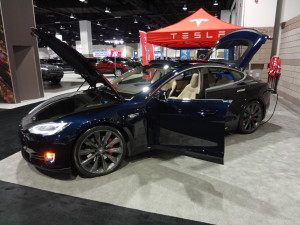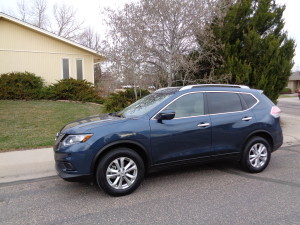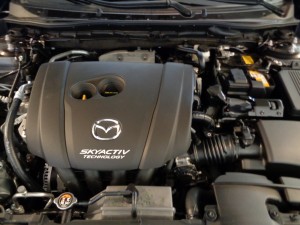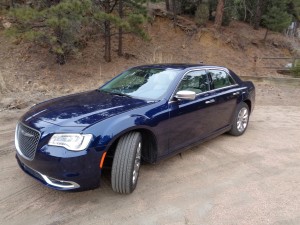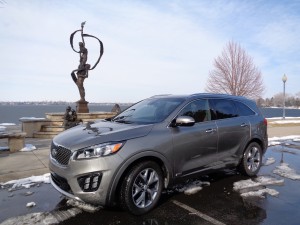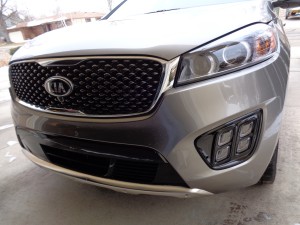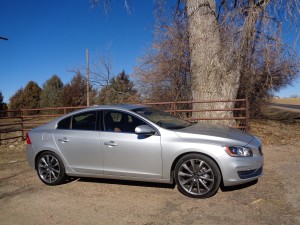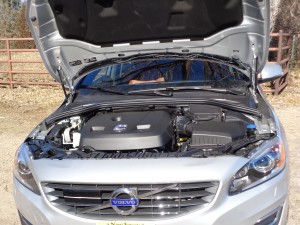
Dominating the roadways as Jeep rolls its way month after month to all-time sales records are the Grand Cherokee, Cherokee and Wrangler.
A fourth Jeep model, though, the Patriot, which performs with not quite so much gusto, is also on a sales spree. Patriot sales increased 41 percent in March to 11,848 in the U.S., it highest monthly total ever. In the same month, Cherokee sold 19,033, Wrangler 17,524 and Grand Cherokee 16,815.
The ’15 Patriot 4X4 I drove recently was equipped with a 172-horsepower, 2.4-liter 4-cylinder engine and the relatively new 6-speed automatic transmission which is also being used in the Dodge Dart. Available for the Jeep Patriot are two other transmissions, a 5-speed manual and a continuously variable performer.
With lots of in-town driving, the Patriot averaged 23.1 miles per gallon, close to the middle of its EPA estimate of 21/27.
Sticker price on the Patriot Latitude 4X4 review model was $29,060, which included high-altitude tuning, leather-trimmed bucket seats, power sunroof, electronic vehicle information center, adjustable roof-rail crossbars, remote-start capability and audio/navigation/DVD/MP3 and UConnect voice command with Bluetooth.
The rearview mirror in the center of the windshield in the Jeep requires the longest reach for adjustment of anything I’ve driven for several years. The long stretch can be accommodated more readily by unbuckling the driver’s seatbelt.
Here are the specifications for the 2015 Jeep Patriot Latitude 4X4:
- Capacity 5-passenger four-door
- Wheelbase 104 inches
- Length 173.8 inches
- Width 69.2 inches
- Height 66.8 inches
- Curb Weight 3,331 pounds
- Track 60 inches front, rear
- Ground Clearance 9.1 inches
- Turn Circle 33.6 feet
- Drivetrain All-wheel-drive
- Engine 2.4-liter 4-cylinder
- Horsepower/Torque 172/141
- Transmission 6-speed automatic
- Steering power rack-and-pinion
- Suspension strut front, multilink rear
- Fuel mileage estimate 21/27
- Fuel mileage average 23.1
- Fuel Tank 13.5 gallons, regular
- Wheels 17-inch
- Tires Firestone Affinity P215/60R17
- Cargo Volume 23 cubic feet
- Warranty 3 years/36,000 miles basic, 5/100,000 powertrain
Competitors Chevrolet Trax, Ford Escape, Nissan Rogue, Honda CR-V
Assembly Plant Belvidere, Ill.
Parts Content U.S./Canadian 65%
Base Price of Lowest Model $16,795; Base Price of Review Model $24,395; Destination Charge $995; Sticker Price $29,060.





